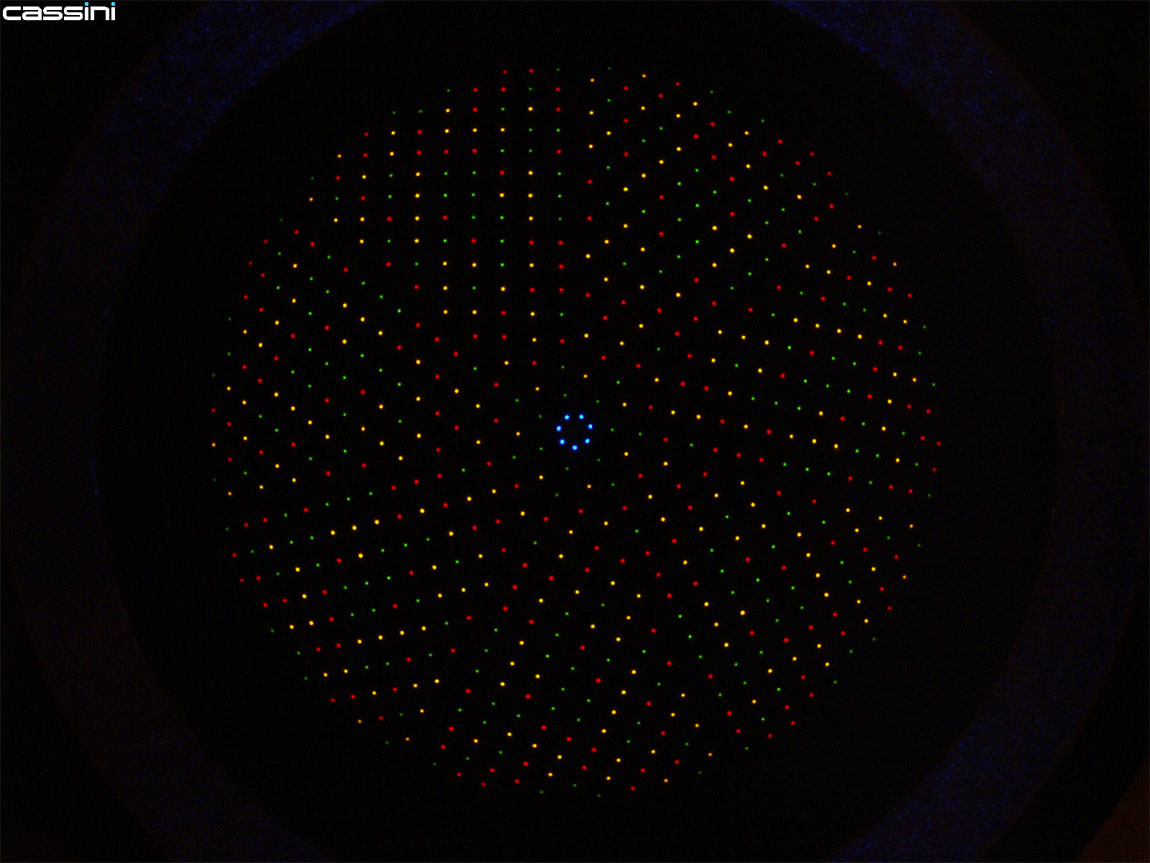“For a passionate eye surgeon like me, these new technical options offered by LENSAR in combination with Cassini, that is to literally ‘tailor’ cataract surgery, are a huge progress. I do not want to keep my patients from these possibilities.”
Dr. Detlev Breyer
More and more patients are making use of the possibility to have their astigmatism corrected by toric intraocular lenses (IOL) or toric multifocal lenses (MIOL). Nevertheless, according to a survey performed by DGII, toric IOL only accounted for 3.1% of all IOL implanted in 2014. This might be due, among other things, to the fact that the calculation and exact positioning of toric lenses are quite demanding. Dr. Breyer specializes in this field and developed auxiliary devices and described techniques that facilitate implantation some years ago. He even was one of the first surgeons to implant them by means of minimally invasive microincision surgery.
Since August 2015, we have been one of two refractive centers in Europe to offer an improved laser surgery of cataract and presbyopia that could not be more individual. This possibility is provided by a new technique of corneal diagnostics, a so-called corneal topography using the new Cassini color LED shape analyzer. The term “topography” comes from the Greek words τόπος tópos (place) and γράφειν grafeïn (draw, describe) and means site sketch or site map. The Cassini corneal shape analyzer measures the anterior and the posterior surfaces of the cornea and visualizes them like a relief by means of 672 color-coded LEDs in red, green, yellow, and blue arranged in exactly defined patterns. A “corneal mirror image” is assigned to every spot. Cassini identifies astigmatism and even the smallest high-order aberrations from the normal surface of a sphere precisely and reproducibly with an unprecedented accuracy of less than 1 μm.



![[EN] Bild: Cassini OD](https://augenchirurgie.clinic/content/7-ueber-uns/3-technik/cassini-led-topographie/modules/6-bild-cassini-od/cassini_od.jpg)